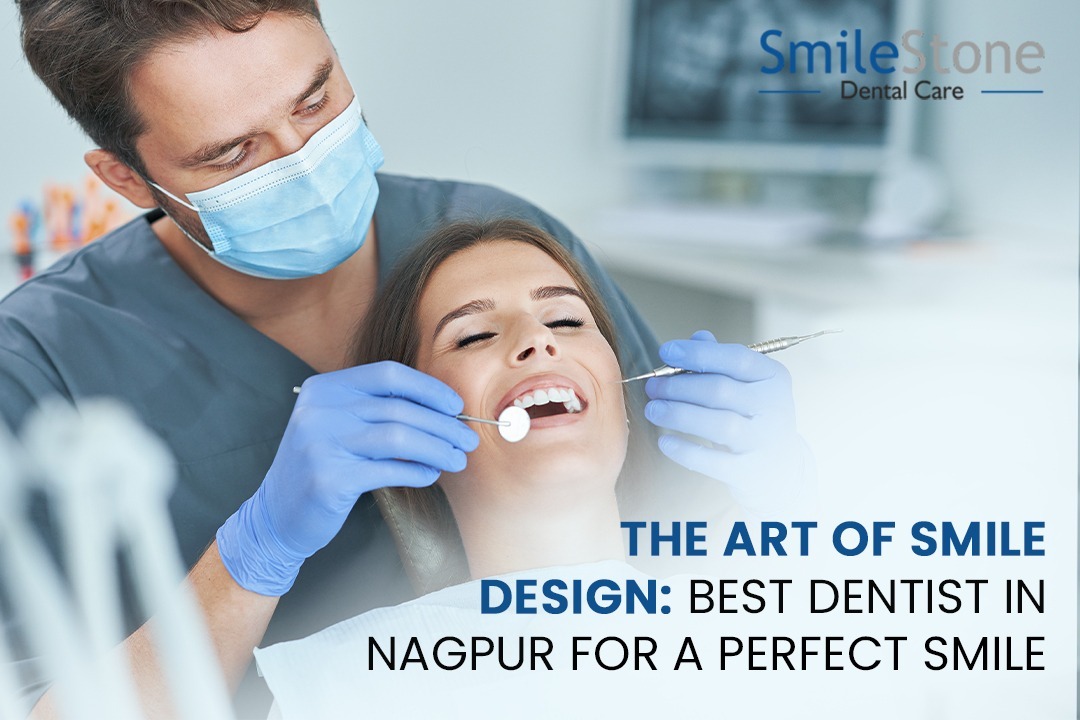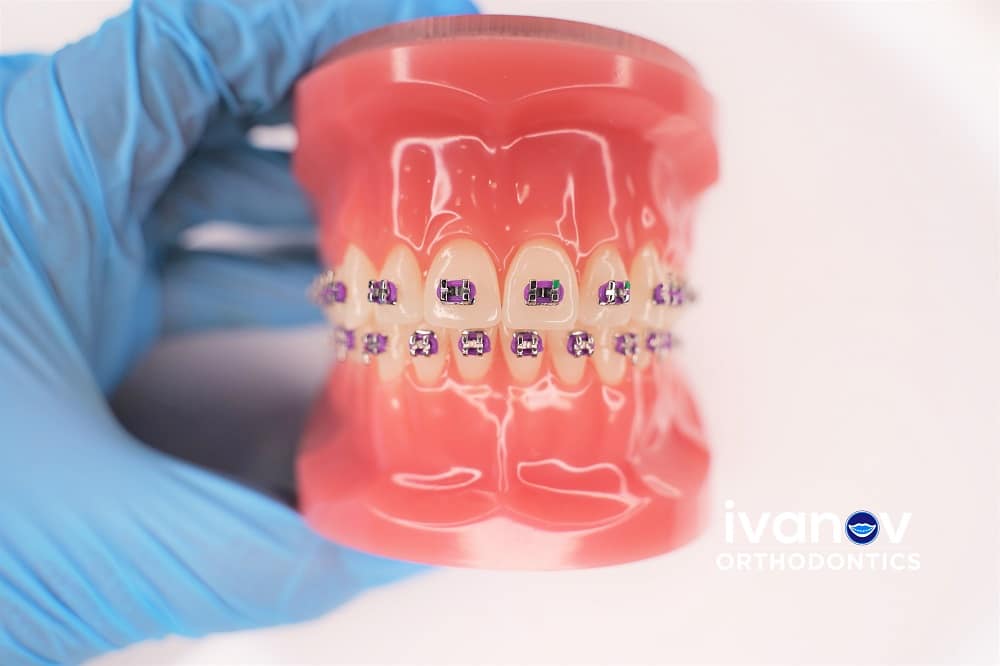Have you ever thought about what those tiny caps that dentists place on teeth are for? They are dental crowns houston that have undergone significant alteration over time. They used to be made of metal in the past, but contemporary materials that resemble natural teeth are now used to make them. This article will explore the transition from metal to ceramic components for dental crowns.
Beginnings Of Metal Crowns
Metal crowns were the standard procedure for repairing damaged teeth a very long time ago. The most common materials used to create these crowns were gold or silver. They didn’t truly resemble real teeth, despite the fact that they were sturdy and robust. It was not ideal for the appearance of your grin if people could tell whether you were wearing a metal tooth crown in your mouth.
The Development Of Ceramic Crowns
Dentists eventually began utilizing porcelain to create crowns. A type of ceramic material called porcelain has a natural-looking appearance similar to teeth. When you smiled, these crowns appeared more natural since they blended in with your teeth much better. Porcelain crowns might be delicate and crack or break quickly, which was an issue.
Metal-Fused-To-Porcelain Crowns: Their Inception
Dentists developed a smart solution to the fragility issue. They began creating crowns with the durability of metal and the realistic appearance of porcelain. These crowns had a metal framework that was coated in a porcelain coating. They were strong and attractive as a result of this. There were still certain shortcomings, though. The metal below occasionally causes a dark line to develop at the gum line.
The Evolution Of Ceramic Crowns
Dental technology advanced considerably more over time. All-ceramic crowns, in which the entire crown is constructed of ceramic materials, were first used by dentists. Because they could be precisely crafted to match the color and contour of your actual teeth, these crowns appeared the most natural. Additionally, unlike with metal-fused-to-porcelain crowns, there was no chance of a dark line appearing at the gum line.
Ceramic Crowns Of Today
Dental crowns today have advanced significantly. Modern ceramic materials for crowns are exceptionally strong, long-lasting, and natural-looking. It is practically impossible to detect whether somebody has a crown in their mouth because they are made to replicate the translucency and color changes of genuine teeth. Due to the fact that they are metal-free, these crowns are a fantastic solution for those who have metal allergies.
What Benefits Do Contemporary Ceramic Crowns Offer?
Authentic Appearance
Modern porcelain crowns houston are created to match the size, shape, and color of your natural teeth, enhancing the beauty and sincerity of your smile.
Durability
These crowns’ strength can support the strains of routine chewing and biting.
Biocompatibility
Because ceramic crowns are gentle on the teeth as well as the surrounding tissues, many people find them to be a good alternative.
Zero Allergies
They pose no threat of inciting allergies or sensitivities because they are metal-free.
Longevity
Modern ceramic crowns near me can last for a lengthy time if they are taken care of properly and have regular dental exams.
In Conclusion
Dental crowns have advanced considerably over the years, from metal to contemporary ceramic materials. Today, there are crowns that not only restore teeth but also match the way everyone looks perfectly. You might obtain a dental crown that performs and appears just like a natural tooth. So, keep in mind how much they have changed to provide us healthier, better smiles the next time you consider those tiny caps on our teeth.
Congrats! You’ve Finished This Blog.








